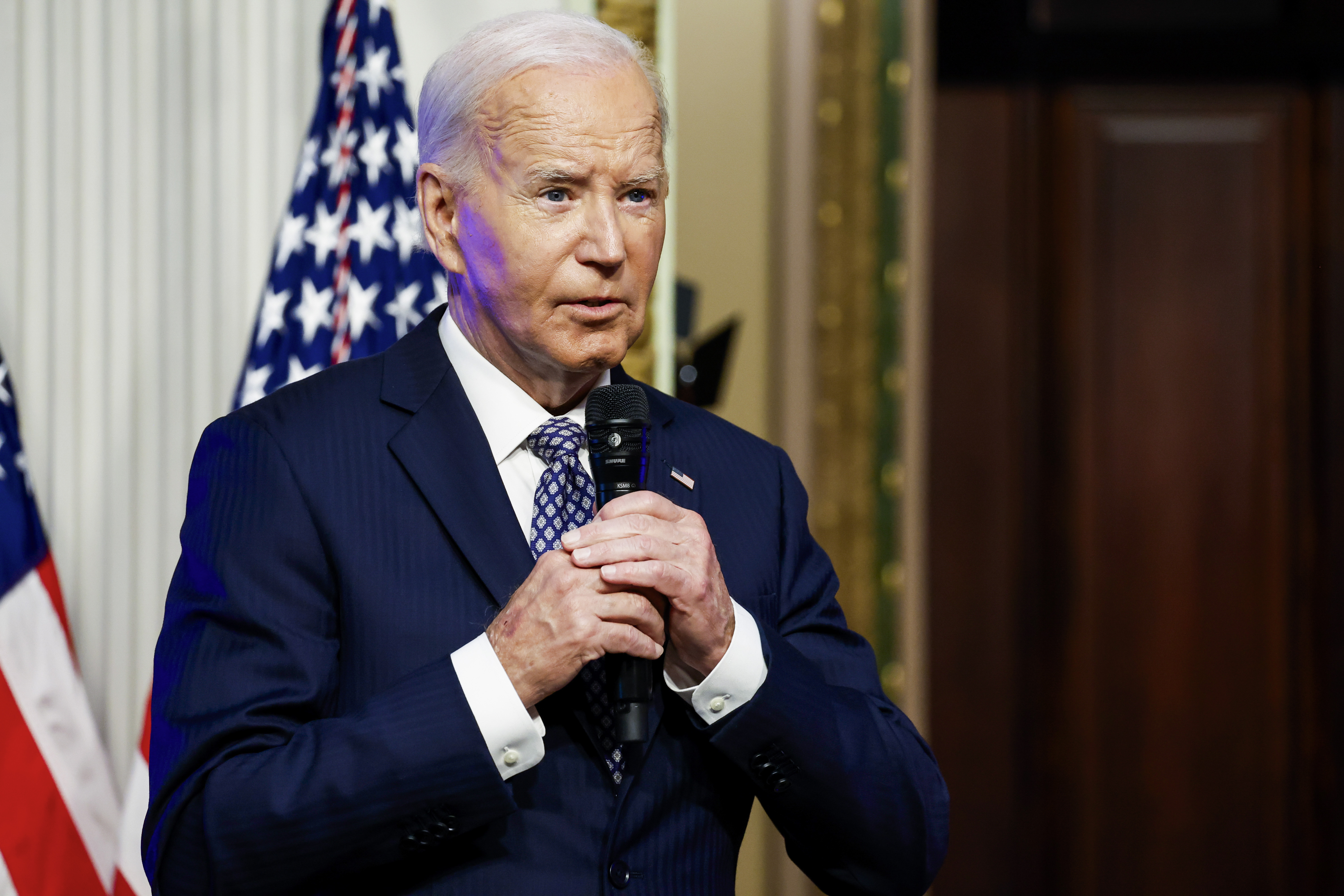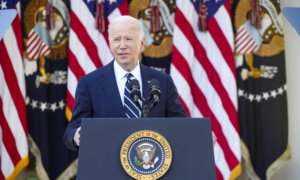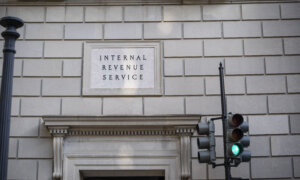The Department of Health and Human Services (HHS) has announced that it has successfully negotiated lower prices for 10 of the most expensive and widely used drugs covered under Medicare.
“For the first time ever, Medicare negotiated directly with drug companies and the American people are better off for it,” HHS Secretary Xavier Becerra said in an Aug. 15 statement, adding that the new prices, set to take effect in 2026, are expected to save the Medicare program $6 billion in the first year and reduce out-of-pocket costs for Medicare beneficiaries by $1.5 billion.
The selected drugs, which include blood thinners including Eliquis and Xarelto, diabetes medications such as Jardiance and Januvia, and treatments for heart failure and autoimmune diseases, accounted for $56.2 billion in Medicare spending in 2023 alone, per a CMS fact sheet.
Nearly 9 million of the 54 million people with Medicare Part D coverage were dispensed the 10 drugs that are the subject of the price reductions.
The negotiation process, led by the Centers for Medicare & Medicaid Services (CMS), involved discussions with pharmaceutical companies over several months.
“These negotiations will not only lower the prices of critically important medications for cancer, diabetes, heart failure, and more, but will also save billions of dollars,” CMS Administrator Chiquita Brooks-LaSure said in a statement.
Before the drug prices were finalized, the Congressional Budget Office estimated that drug price negotiations could save the federal government $25 billion by 2031.
CMS said that, next year, it can select another batch of drugs for price negotiations.
“Our team is actively working on the next cycle of negotiations where we will combine what we have learned from this first cycle and apply it in negotiating prices for the next round of up to 15 selected drugs,” Meena Seshamani, CMS deputy administrator and director of the Center for Medicare, said in a statement.
After selecting 15 drugs covered by Medicare Part D for price negotiation for 2027, CMS will choose another 15 drugs for 2028, with plans to select up to 20 drugs each year after that.
The 10 selected drugs that will be cheaper in 2026, along with their Medicare costs from May 2022 to June 2023 and the percentage discount of the negotiated price from the 2023 list price, are as follows:
- Eliquis: A blood thinner used to reduce the risk of stroke, costing Medicare $16.5 billion, to be 56 percent cheaper.
- Jardiance: A diabetes and heart failure medication, costing $7 billion, to be 66 percent cheaper.
- Xarelto: Another blood thinner, costing $6 billion, to be 62 percent cheaper.
- Januvia: A diabetes drug, costing $4.1 billion, to be 79 percent cheaper.
- Farxiga: Used for diabetes, heart failure, and chronic kidney disease, costing $3.3 billion, to be 68 percent cheaper.
- Entresto: A heart failure drug, costing $2.9 billion, to be 53 percent cheaper.
- Enbrel: Treats autoimmune conditions, costing $2.8 billion, to be 67 percent cheaper.
- Imbruvica: A leukemia treatment, costing $2.7 billion, to be 38 percent cheaper.
- Stelara: Treats autoimmune diseases, costing $2.6 billion, to be 66 percent cheaper.
- NovoLog, Fiasp (insulin aspart): Insulin products, costing $2.6 billion, to be 76 percent cheaper.
The White House said in an Aug. 15
statement that the negotiations were made possible thanks to the Inflation Reduction Act, which gave Medicare the power to negotiate prescription drug prices with pharmaceutical companies.
“For years, millions of Americans were forced to choose between paying for medications or putting food on the table, while Big Pharma blocked Medicare from being able to negotiate prices on behalf of seniors and people with disabilities,” President Joe Biden said in a statement. “But we fought back–and won.”
Vice President Kamala Harris is expected to join Biden at an event on Aug. 15 to announce the drug prices, which will mark their first joint speaking appearance since she replaced him at the top of the Democratic ticket.














